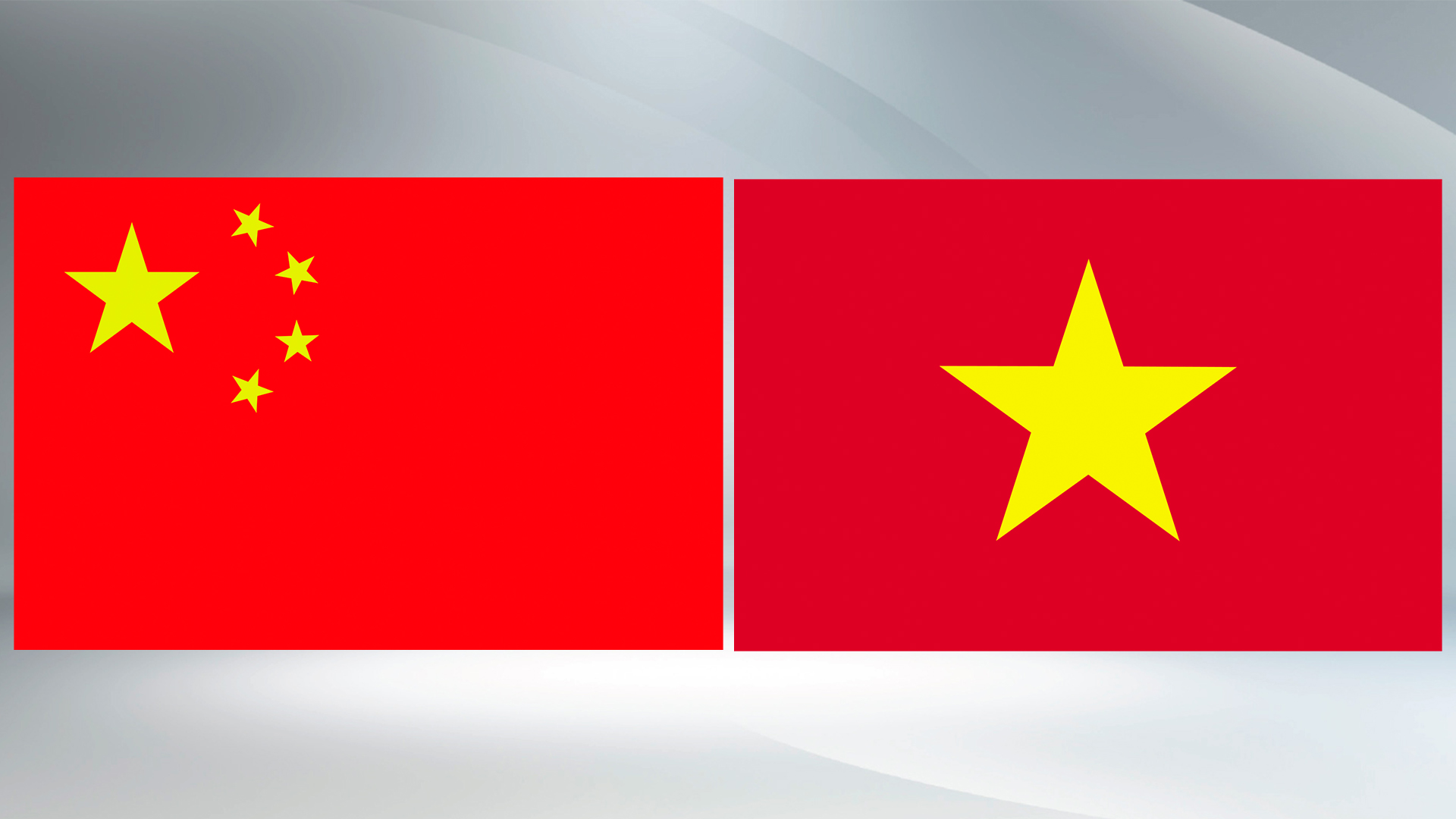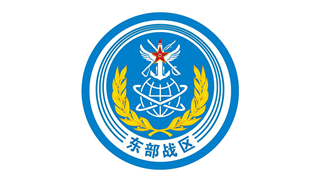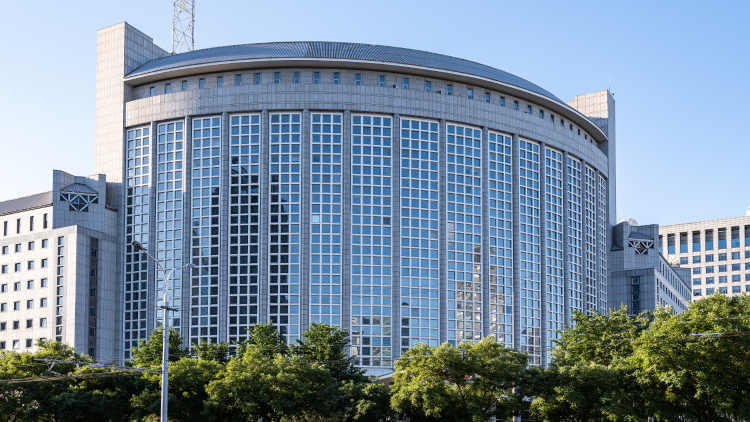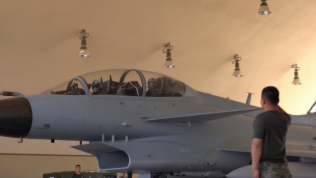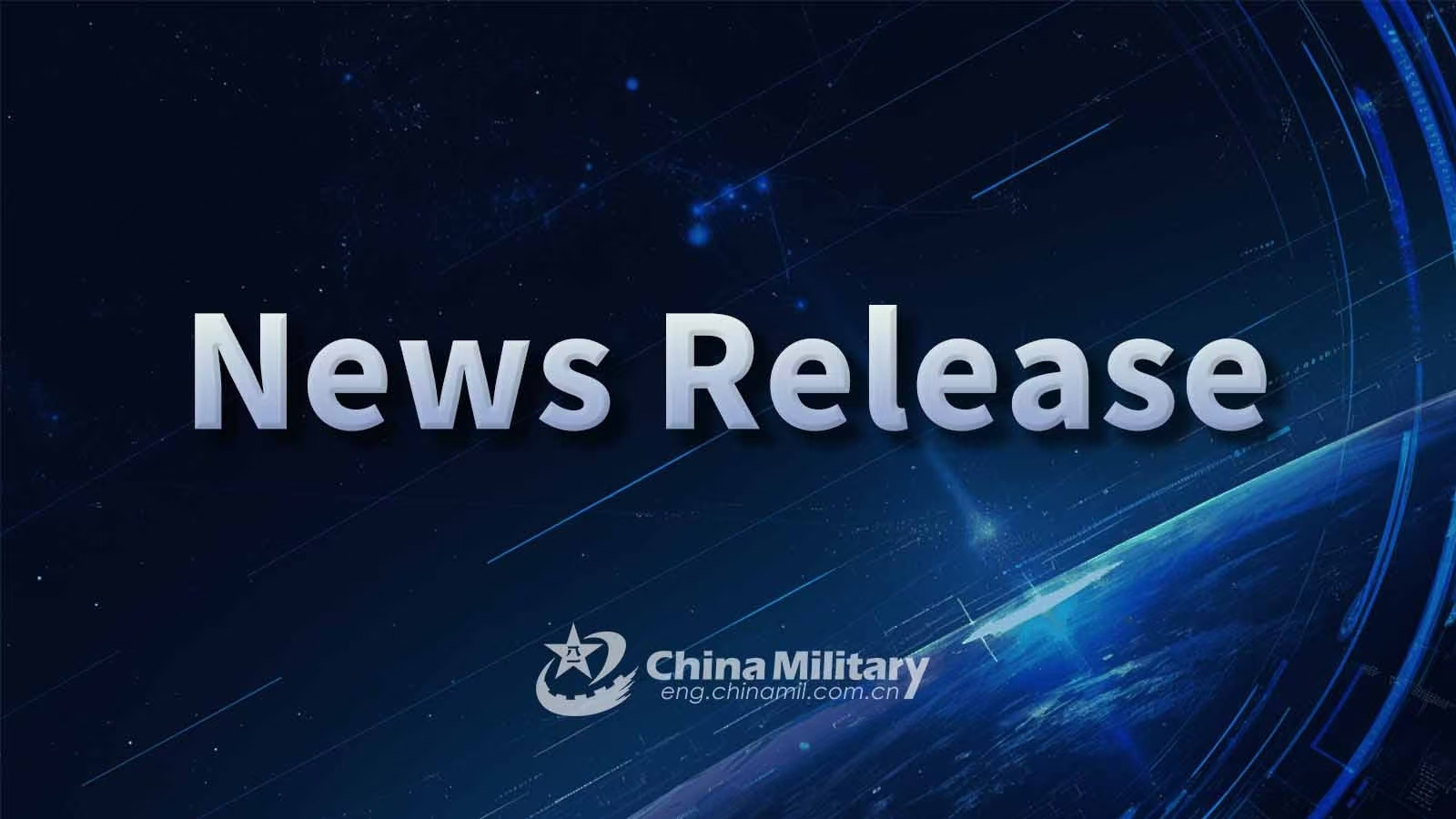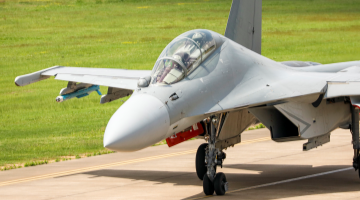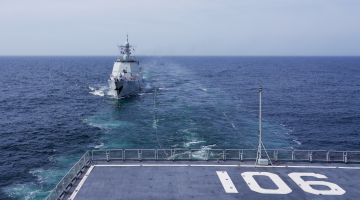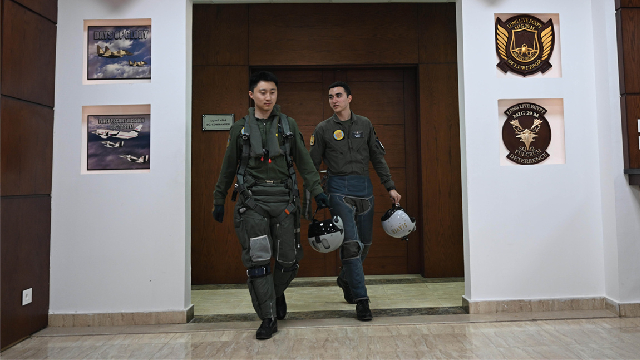By Zi Ge
子歌
According to Japanese media reports, the Japanese Ministry of Defense plans to dispatch fighter jets from the Japan Air Self-Defense Force (JASDF) to Australia for regular rotational deployment starting in the fiscal year 2024. Japan and Australia will also conduct joint training scenarios related to the exercise of collective self-defense rights by the Japanese Self-Defense Forces (JSDF) in the event of an attack on the Australian military. This move signifies Japan's further expansion of the scope of its collective self-defense rights.
据日本媒体报道,日本防卫省计划自2024财年开始,将日本航空自卫队战斗机派遣至澳大利亚,进行定期轮换部署。日澳两国还将围绕澳军被袭击情况下,日本自卫队行使集体自卫权的场景进行相关联合训练,此举意味着日本将再一次突破集体自卫权适用范围。
The plan, set to be implemented in phases from the fiscal year 2024, includes the deployment of aircraft such as F-35, F-15, and F-2 fighter jets. Each deployment is expected to last for several months, during which the fighter jet units of the JASDF will be stationed at air bases in Australia.
报道称,该计划最早将于2024财年分阶段实施,部署装备包括F-35、F-15和F-2等战斗机,每次部署时间将持续数月,其间日本航空自卫队的战斗机部队将驻扎在澳大利亚的空军基地。
The report also states that there is no clear legal basis for either permanently deploying troops to Australia or providing security cooperation to Australia when necessary. The Japan-Australia Joint Declaration on Security Cooperation, previously signed by both countries, outlines their ability to conduct military exercises in each other's countries, share intelligence, and cooperate on defense technology and defense industry. In the event of emergencies affecting the sovereignty and regional security interests of both countries, consultations will be held, and measures will be discussed. However, the document does not mention the JSDF providing military cooperation to Australia.
报道还称,无论是向澳大利亚派遣常驻部队还是必要时向其提供安全协防,均没有明确的法律依据。此前日澳两国签署的《日澳安全保障联合宣言》,明确了两国可在对方国家举行军演、共享情报、就国防科技及国防产业展开合作等,对于影响两国主权和地区安全利益的紧急事态,双方将进行磋商并讨论应对措施,文件并未提及日本自卫队向澳方提供军事协防事宜。
The Reciprocal Access Agreement signed by Japan and Australia simplifies procedures for the entry and deployment of forces in each other's countries but is contingent upon participation in joint training and exercises. It does not address the JSDF exercising collective self-defense rights in Australia or the Australian Defense Force providing military cooperation to Japan. It is reported that the Japanese Ministry of Defense is exploring the basis for the regular deployment of troops, including within existing regulations and documents such as the three security documents, National Security Strategy, National Defense Program Guidelines, and Defense Buildup Plan, to achieve operational breakthroughs.
日澳签署的《互惠准入协定》为两国部队在对方国家入境部署简化了手续,但其前提条件是参与联合训练和联合演习,并未探讨日本自卫队在澳大利亚行使集体自卫权,及澳大利亚国防军向日本提供军事协防相关问题。据悉,日本防卫省已经在包括“安保三文件”在内的文件法规中,寻找常态派驻军队的依据,以实现在具体操作上的突破。
In recent years, military interactions between Japan and Australia have become frequent, leading to significantly enhanced security cooperation, and even entering a state akin to a quasi-military alliance. On one hand, the two countries have signed bilateral cooperation mechanisms such as the Reciprocal Access Agreement, Military Intelligence Sharing Agreement, and Defense Equipment and Technology Transfer Agreement, opening channels for mutual security cooperation. On the other hand, both nations closely align with the United States' strategic adjustments in the Asia-Pacific region, participating in the Quad. Moreover, they continue to explore and expand other multilateral cooperation mechanisms.
近年来,日澳军事互动频繁,安全合作显著加强,甚至进入“准军事同盟”状态。一方面,两国签署《互惠准入协定》《军事情报协定》《防卫装备品和技术转移协定》等双边合作机制,为双方开通安全合作通道。另一方面,两国深度对接美国亚太军事战略调整,联动美日印澳“四边机制”,并不断探索拓展其他多边合作机制。
Overall, Japan's plan to implement the rotational deployment of air combat forces in Australia and explore the possibility of providing military cooperation to Australia when necessary has three main intentions.
总的来看,日本此次谋划在澳大利亚实现空中作战力量轮换部署,并探讨在必要时向澳大利亚提供军事协防,主要有3重意图。
Firstly, it aims to enhance its strategic projection and distant sea combat capabilities. With a direct distance of 7,000 kilometers between Japan and Australia, the regular rotational deployment mechanism will provide a training pathway for JASDF to practice long-distance force deployment regularly. This allows Japan to optimize and explore airborne combat formations continually. Additionally, leveraging Australian military bases enables the JASDF to conduct relevant training for distant sea operations, enhancing its mobility and combat capabilities in distant waters.
一是借机磨刀,提高战略投送和远海作战能力。日澳直线距离7000千米,定期轮换部署机制将为日本空中自卫队常态提供远距离兵力投送训练路径,使其可以不断优化和探索空中作战编组方式。同时,依托澳大利亚军事基地,日本空中自卫队可实现远海作战相关课目训练,以提高远海机动作战能力。
Secondly, Japan seeks to involve Australia in regional affairs and collectively engage in the security dynamics of the Western Pacific. By projecting military forces to the southern hemisphere, Japan anticipates that in return, Australian forces might be deployed to Japan regularly, or even provide reciprocal security cooperation. Japan hopes to establish a deep bond with Australia, leveraging Australia's influence to gain more leverage and confidence in Western Pacific security matters. This move is expected to have a profound impact on regional security dynamics.
二是绑澳入局,抱团博弈西太平洋安全棋局。日本此番借机将军事力量投射到南半球,作为交换,未来澳大利亚军队可能将定期轮换部署日本,甚至为日本对等提供安全协防。日本期待与澳大利亚深度捆绑,借澳壮大声势,以在西太安全事务上获取更多筹码和底气。此举将深刻影响地区安全局势。
Thirdly, Japan tries to test boundaries and tactically achieve military breakthroughs. Japan's efforts to establish a regular military presence in Australia and explore the exercise of collective self-defense rights have, in practice, exceeded the relevant limitations set for the JSDF. For Japan, especially after it put forward the intention for JSDF to acquire the "enemy base attack capability", the distinction between counterattacks and proactive offensives has become increasingly blurred. The JSDF have gradually pushed the boundaries, accelerating their path toward acquiring the right to engage in combat. This development warrants close attention and vigilance from various parties.
三是试探边界,迂回实现军事突破。日本推动在澳大利亚常态驻军,并探讨行使集体自卫权,实际上已超出日本自卫队行使集体自卫权的有关限制。对日本自卫队来说,在其提出“对敌基地攻击能力”概念后,反击和主动进攻的边界逐渐模糊。日本自卫队已逐步突破限制,在获取交战权的道路上越走越快,值得各方关注和警惕。


